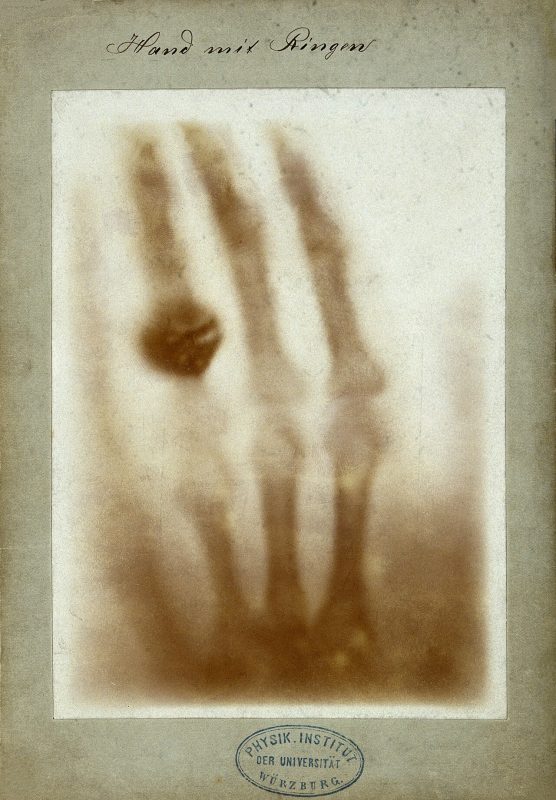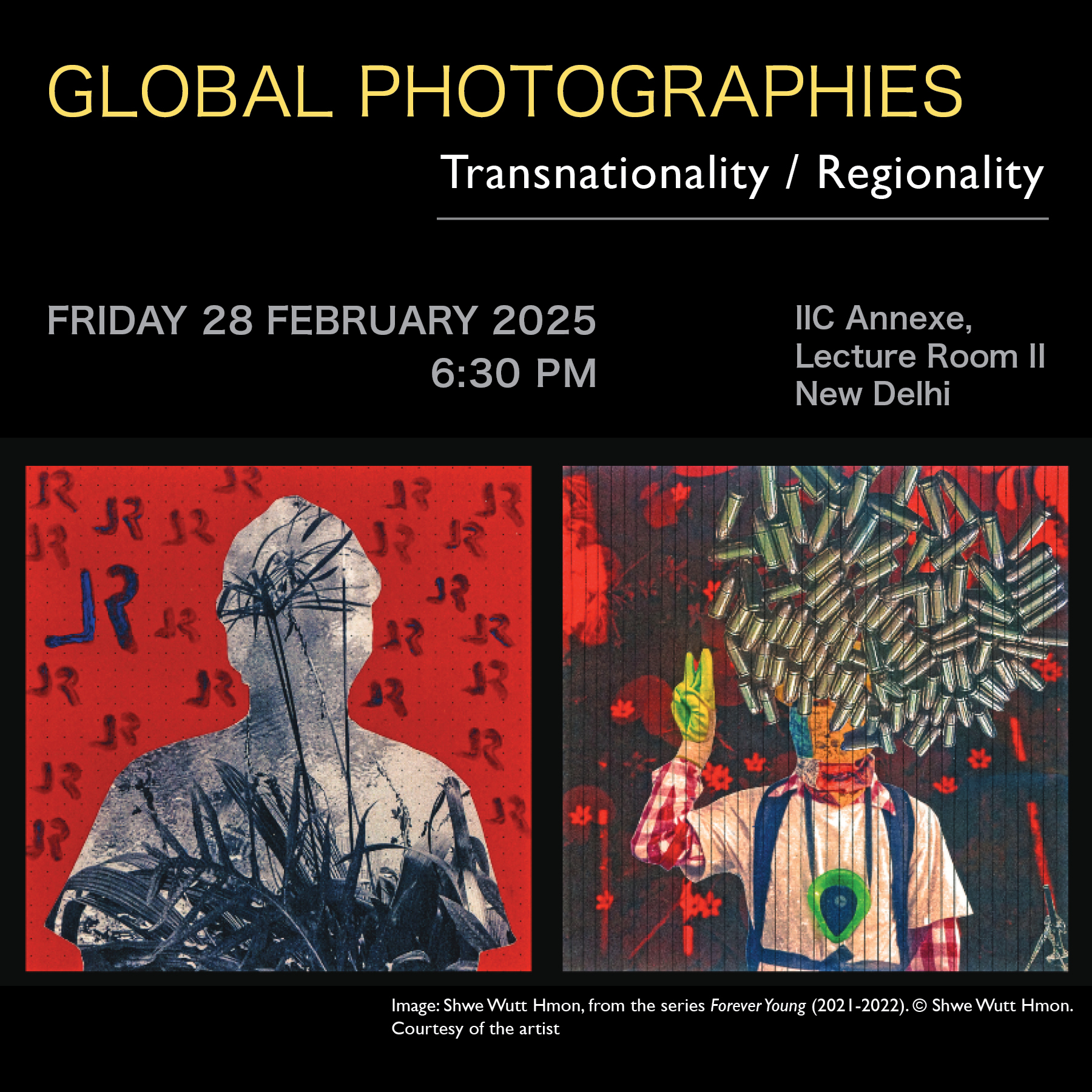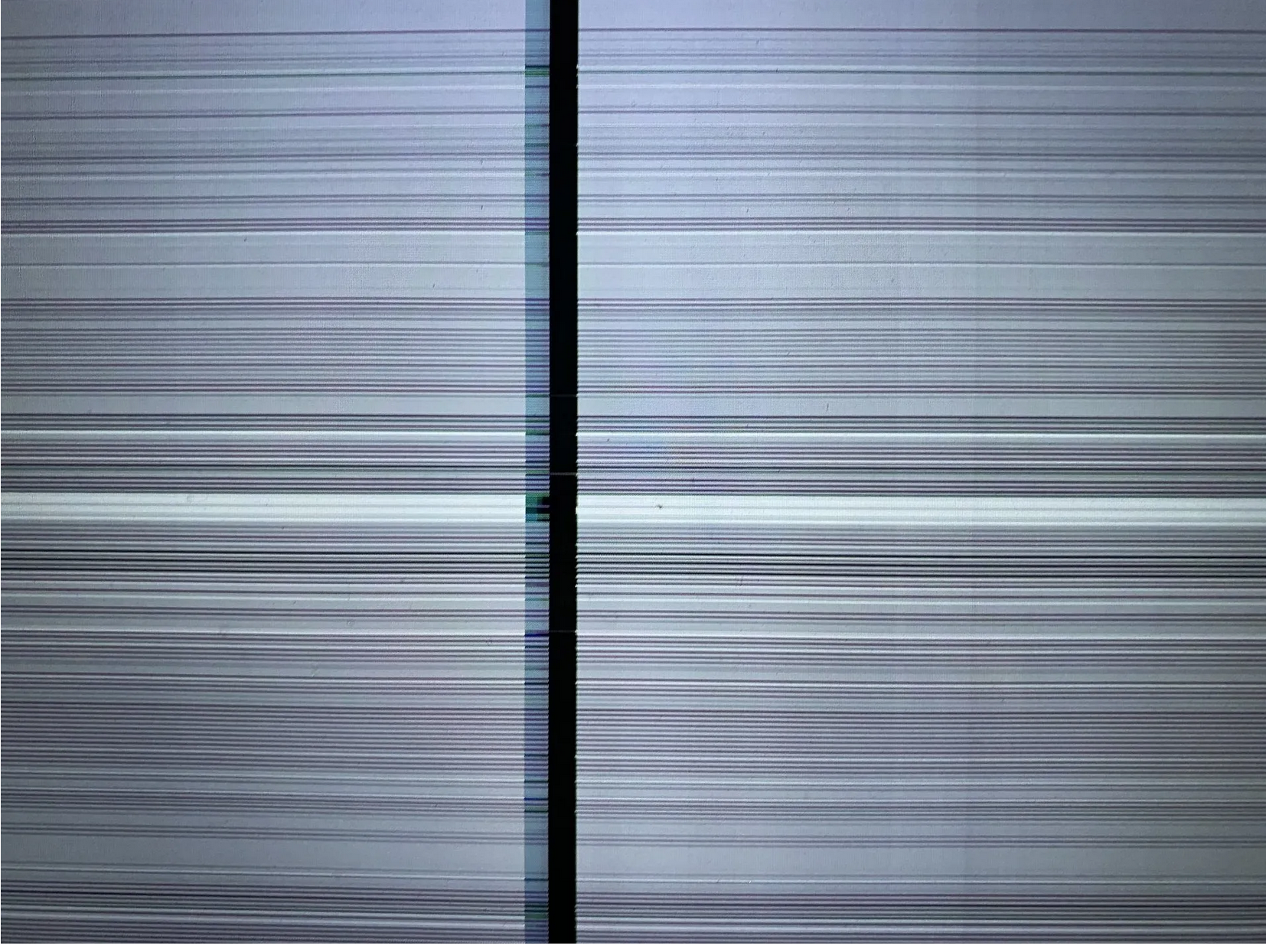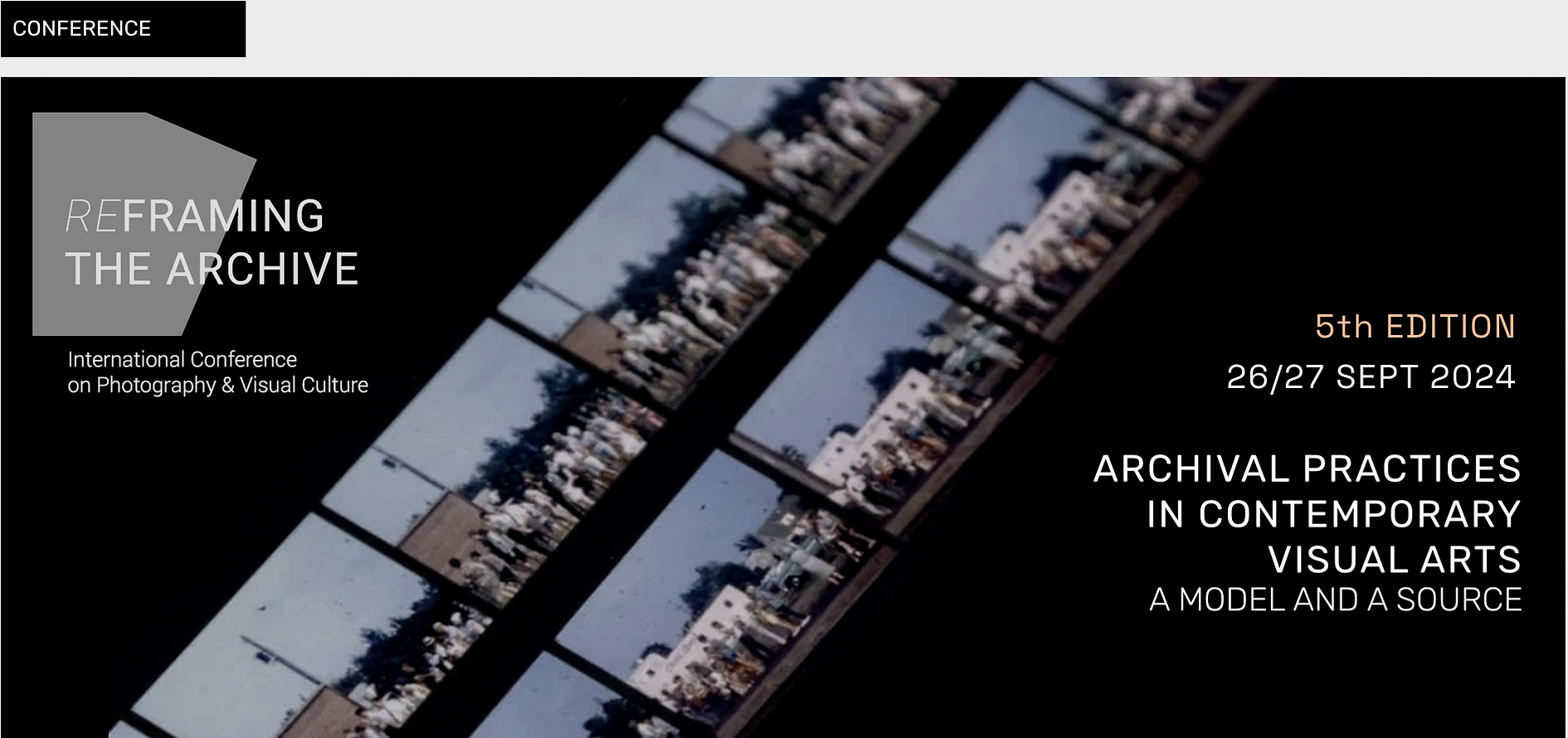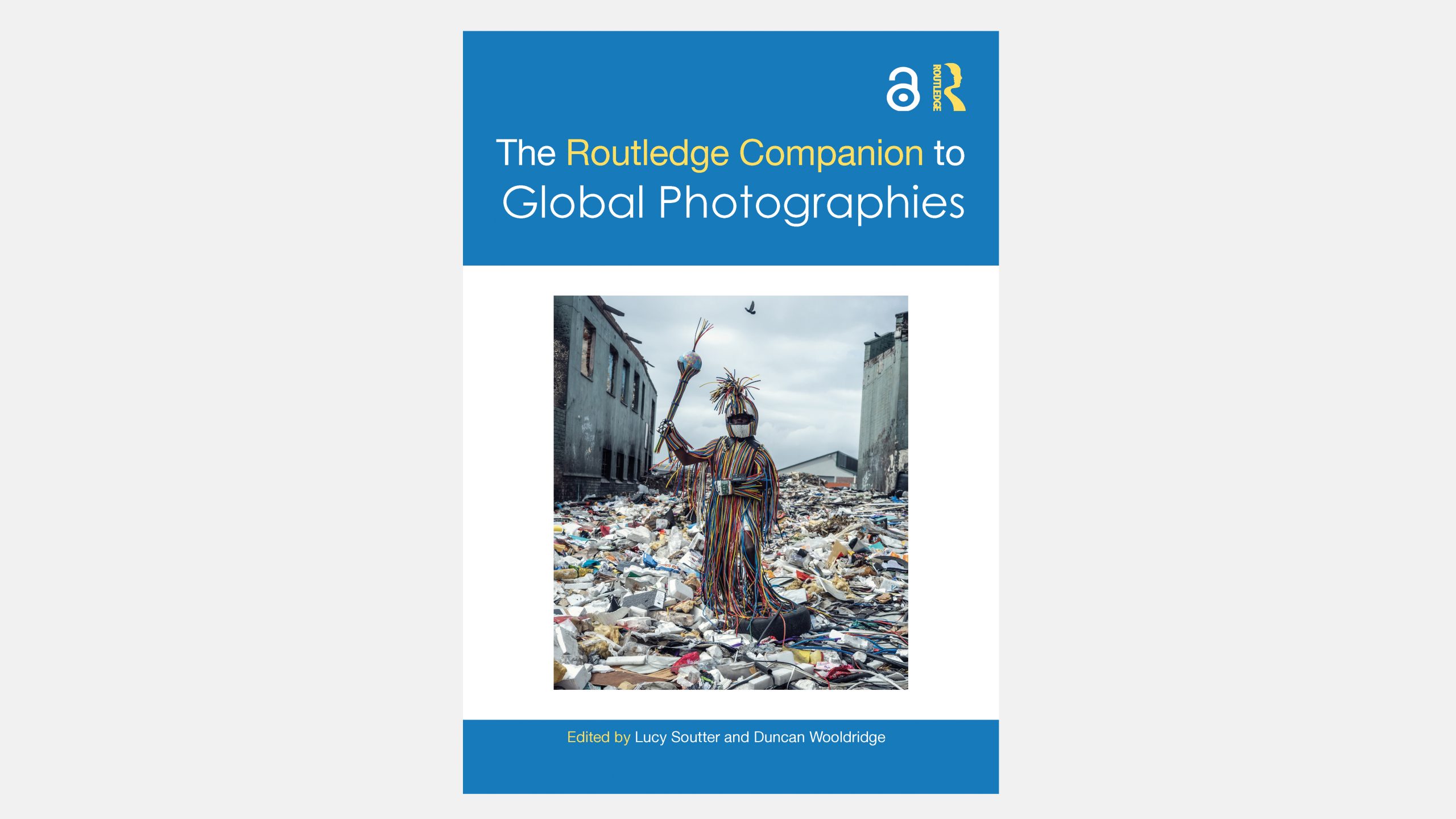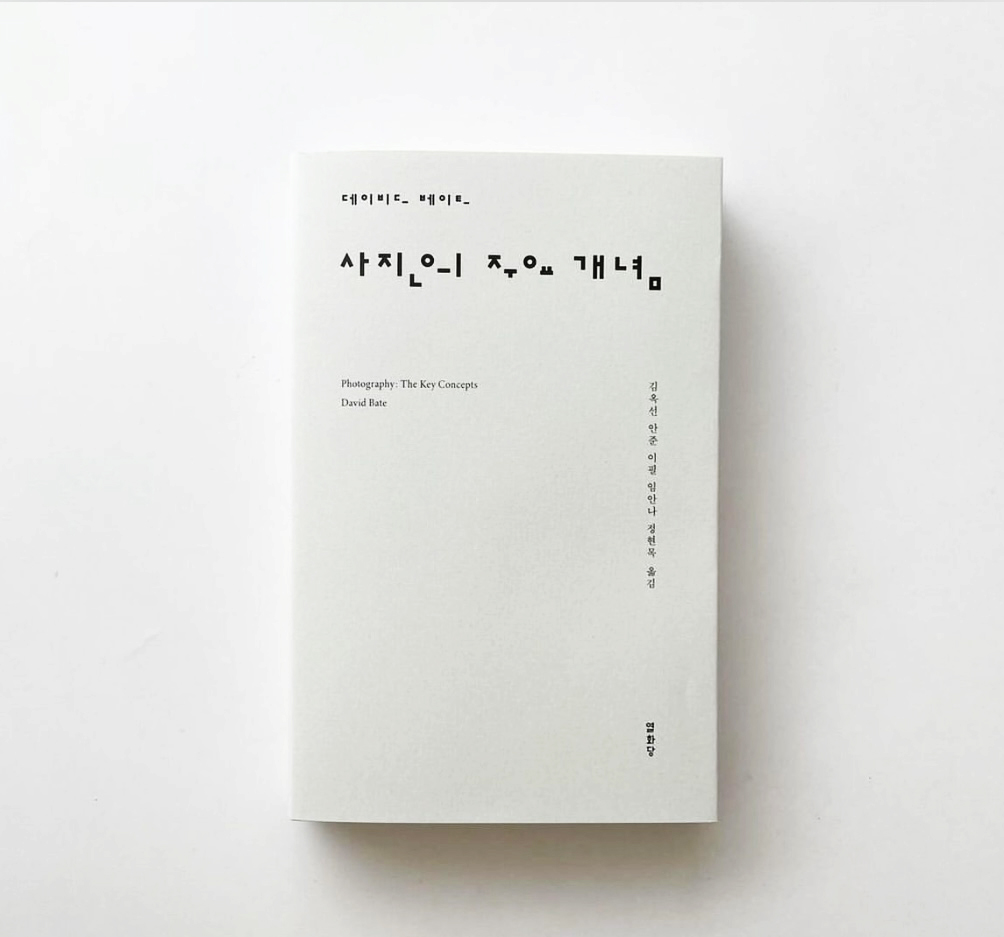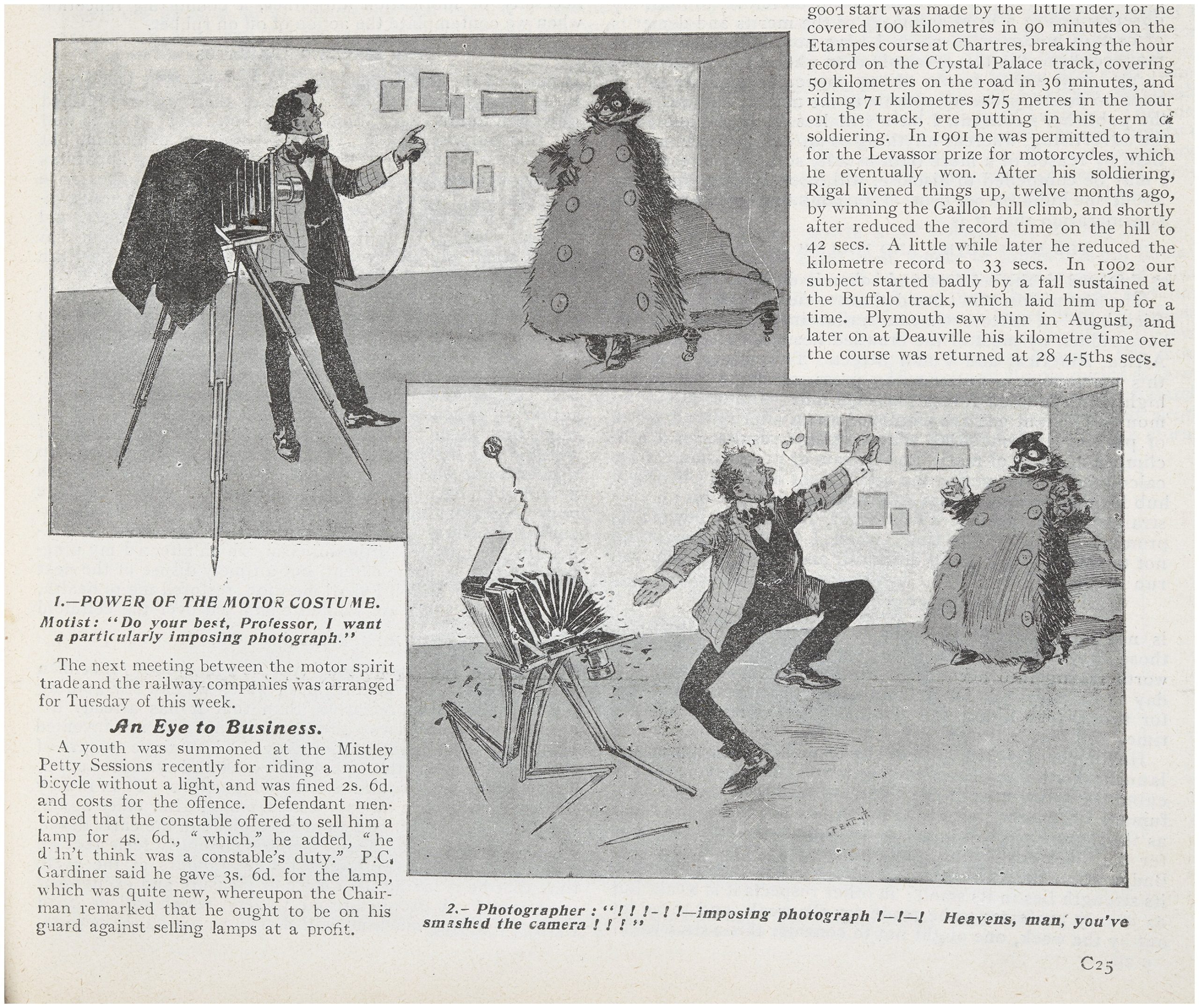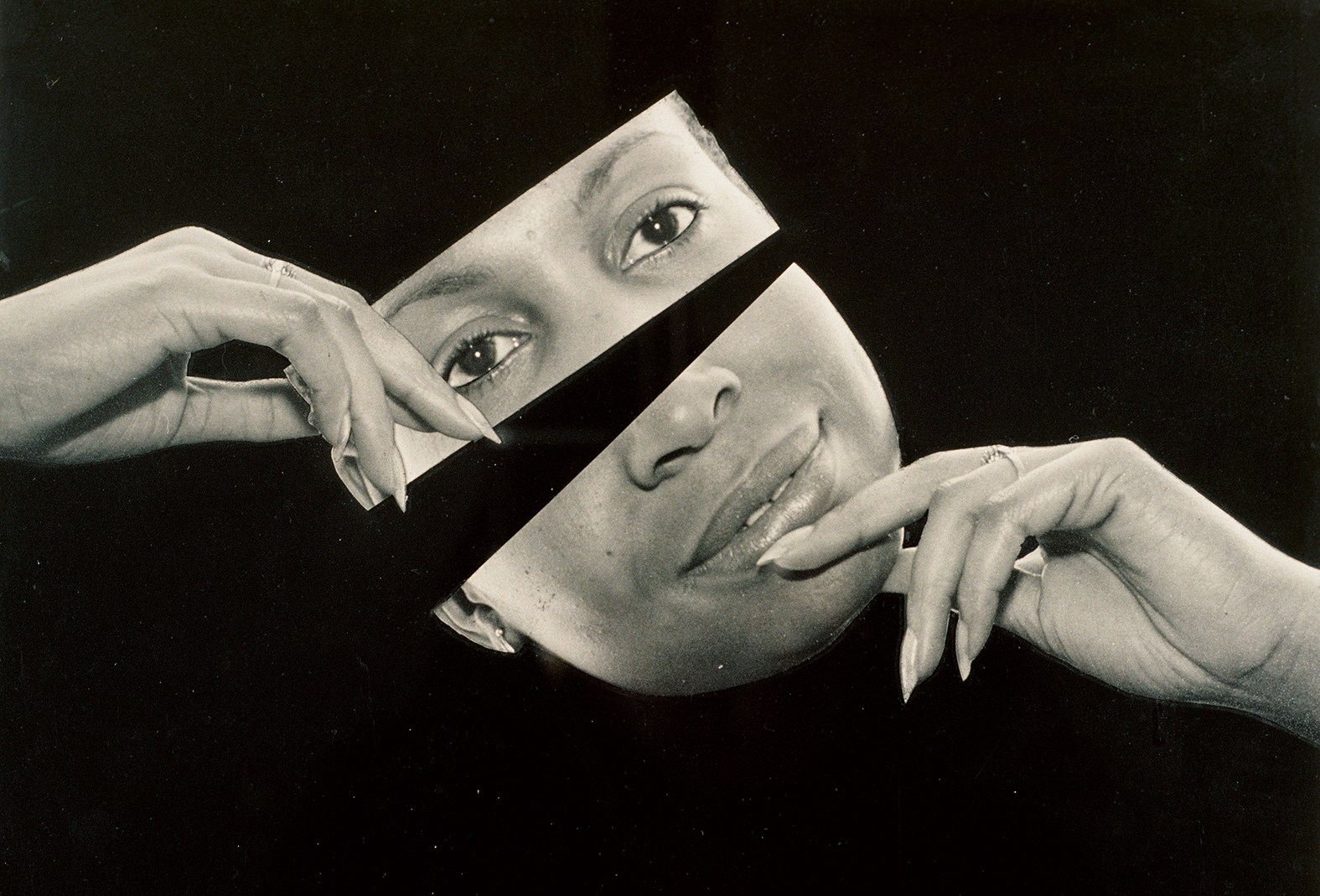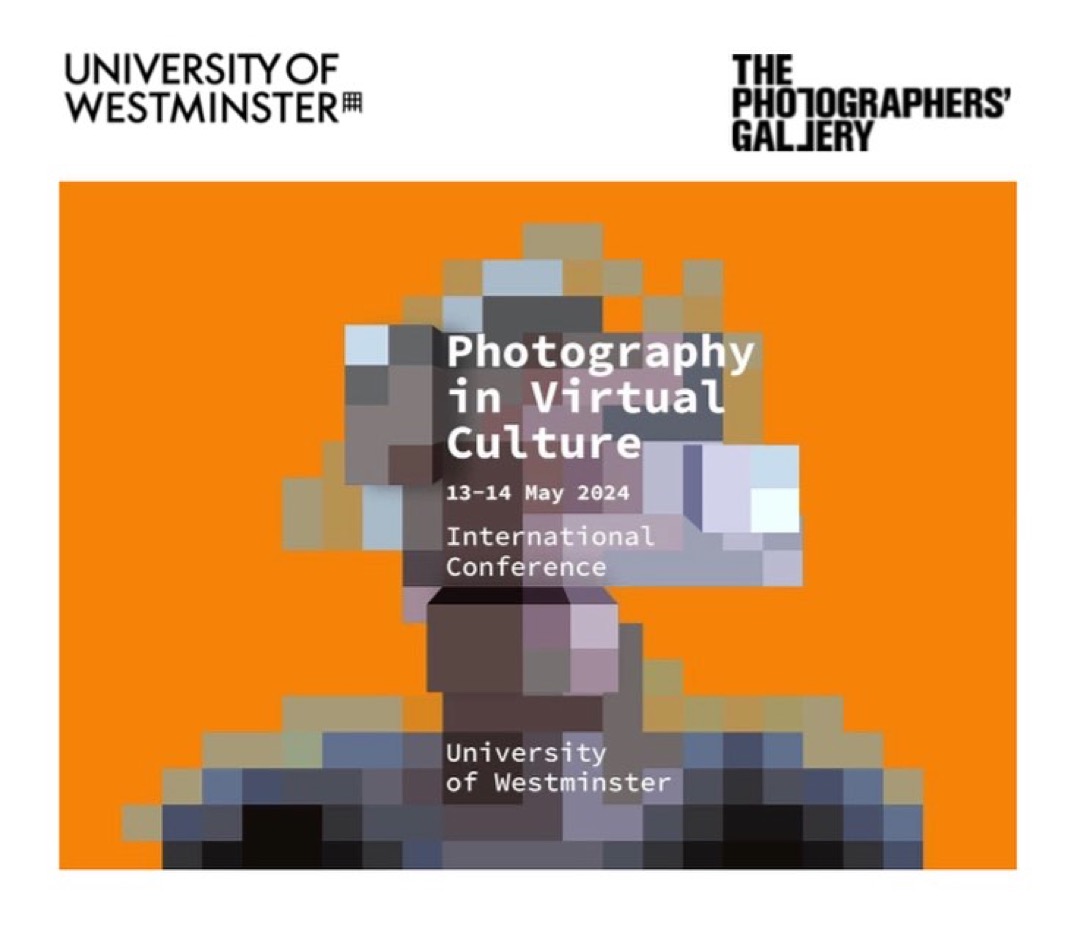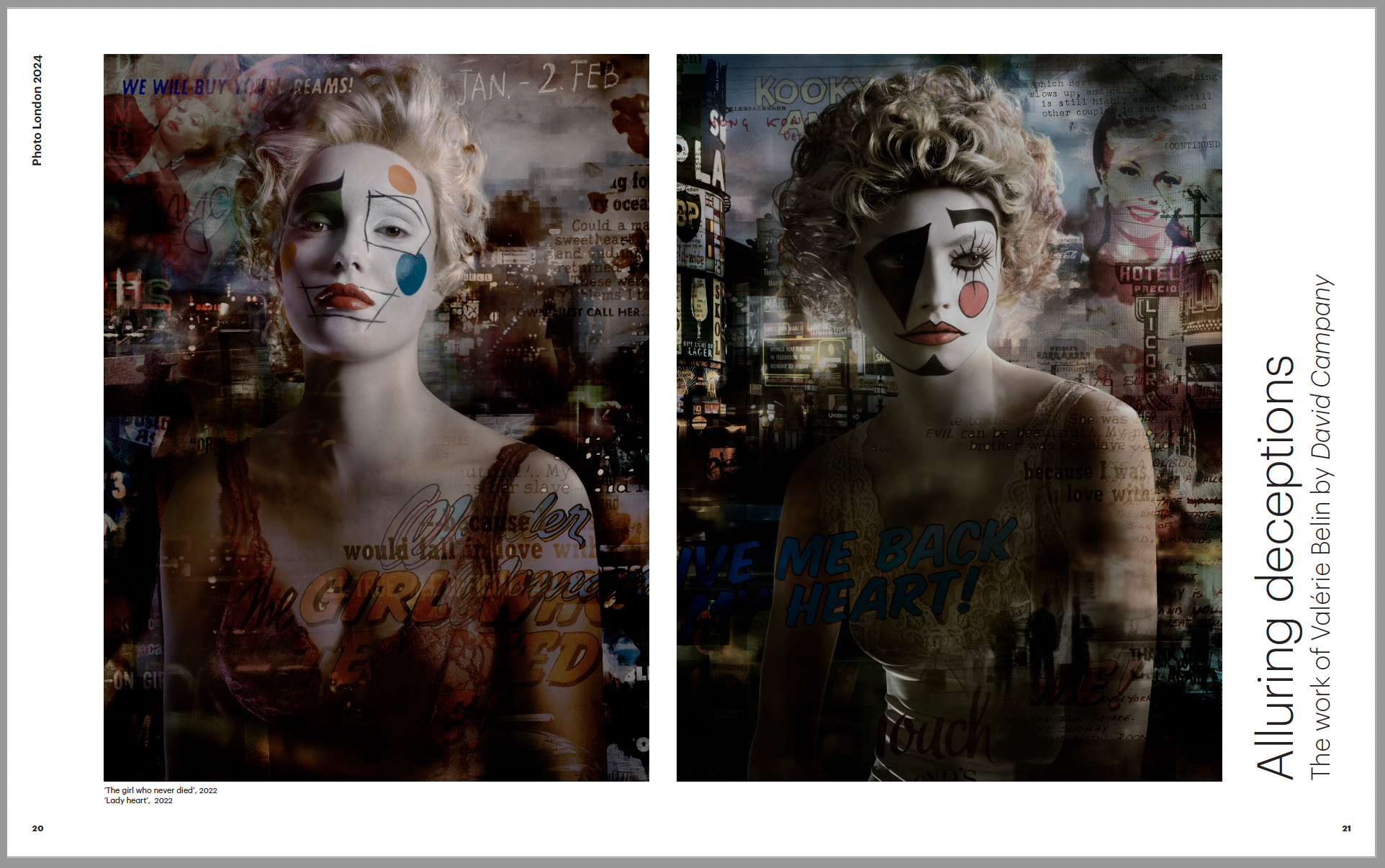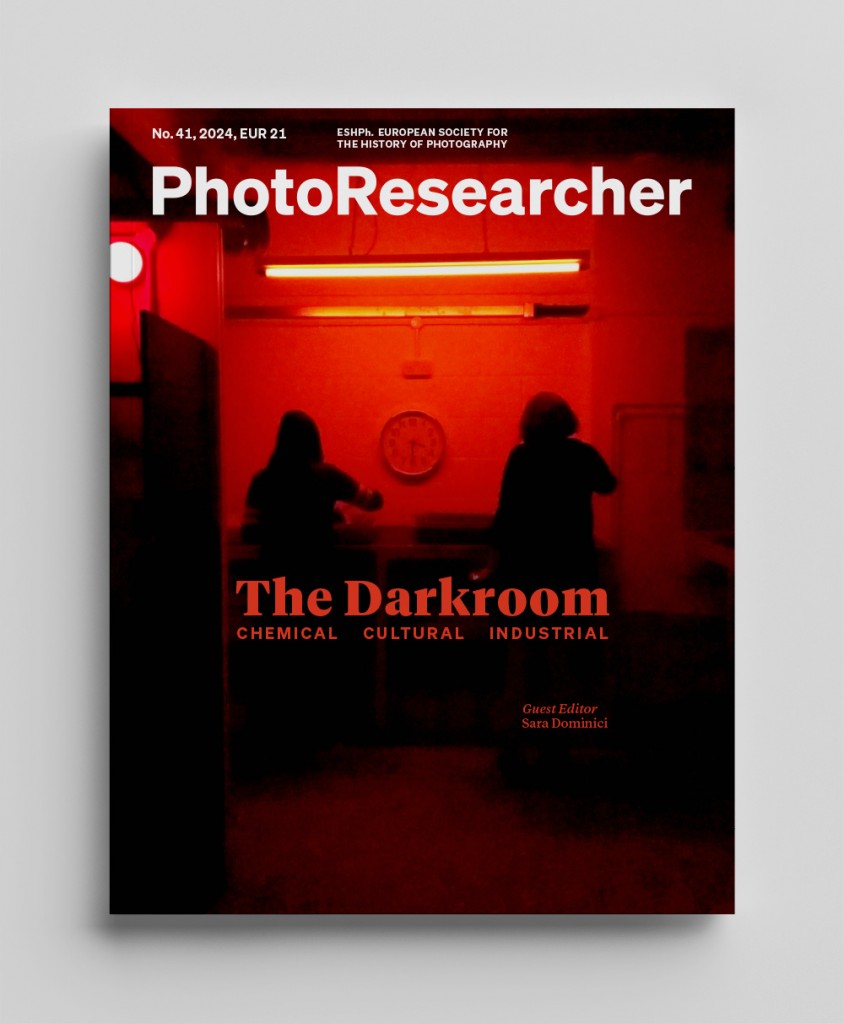CREAM PhD researcher Megan Carnrite presents her paper ‘“I Have Seen My Death:” The X-Ray And A New Vision Of The Corporeal Landscape’ at the 7th International Conference of Photography and Theory (ICPT2024), taking place at the CYENS Centre of Excellence, Nicosia, Cyprus, 7-9 November 2024.
In this paper, Carnrite details how X-ray vision shifted perceptions of time, mortality, and death through its ability to image the body’s interior landscape. In December 1895, Wilhelm Röntgen produced the world’s first radiograph, a ghostly image of his wife Anna’s hand, depicting her bones and the prominent ring she wore on her third finger. Upon seeing it, Anna shuddered, exclaiming, “I have seen my death.” Röntgen’s new imaging technologies, produced through penetrating electromagnetic radiation, passed seemingly effortlessly through skin and muscle to visualise the bones and interior of the body. Previously, this could only be achieved through invasive incision. This new gaze, Carnrite argues, exposed the body’s fallibility; it was no longer cohesive and impenetrable but instead vulnerable to the phantasmagoric forces, a notion reinforced by Röntgen’s naming them after the mathematical designation for the unknown, “x.” Similarly, Carnrite argues that X-ray’s new vision worked against the commonly held conception that technology would solve the problems of the future. With a deluge of advances— like railways and electricity— technological progress was viewed favourably as a cure-all for the ailments of the present day and the days to come. The X-ray, though, provided a stark contrast, making it evident that technology could not save us from the looming and unavoidable eventuality of death. These arguments present a new conception of Röntgen’s discovery and its impact, placing particular value on its effect beyond medical applications.
The 7th International Conference of Photography and Theory (ICPT2024) wishes to directly engage with what seems to be a contemporary field of crises and conflict that affects us all and brings forward significant questions that not only are historically relevant and longstanding but seem to resurface today demanding further study and debate. The idea of ‘deathscape’ does not necessarily and merely reflect the representation of death in the photograph, nor is it limited to above mentioned landscapes of death. It also, and more importantly, aims to open the discussion to diverse perspectives and across varied disciplines – photography, art history, sociology, geography, anthropology, archaeology, film – to offer insights into varied cultural and social landscapes of mourning, remembrance, memorialization, as well as the shifting symbolic meanings inscribed in rituals, aesthetics, technologies, and places.
